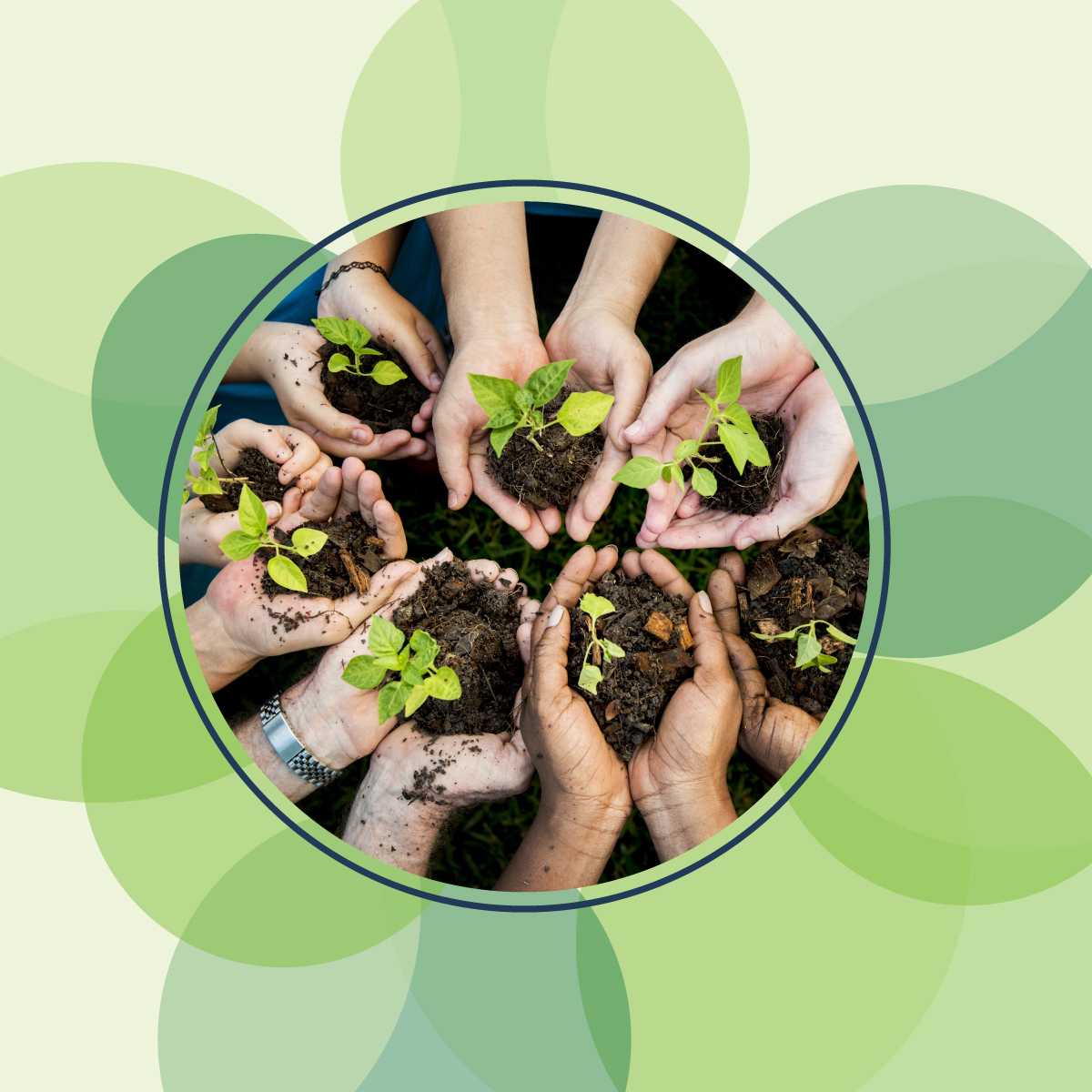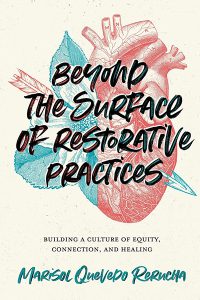In a world where our differences often seem to pull us apart, the classroom stands as a unique space where connection can be nurtured, and community can flourish. Imagine a room where every voice matters, where every story is heard, and where the simple act of gathering in a circle becomes a powerful tool for healing, understanding, and growth. This is the heart of the restorative approach—a practice that transforms classrooms into communities, where relationships are strengthened, empathy is deepened, and every student feels a profound sense of belonging.
Community circles using restorative approaches are more than just a method; they are a movement toward creating environments where students not only learn academic content but also learn to see and value each other as whole, unique individuals. In these circles, we find the power to build bridges across our differences, to repair the cracks in our connections, and to create a shared space where everyone feels safe, respected, and valued. It is here, in the center of the circle, that we discover the true meaning of community—a place where we come together not just as classmates but as members of a caring, supportive family.
In these circles, we find more than just solutions to conflicts; we find the strength to stand together, to lift each other, and to create a community where no one feels alone.
 The Power of Community Circles
The Power of Community Circles
Restorative circles are not just about resolving conflicts; they are about building a community where every student feels seen, heard, and valued. When implemented consistently, these circles help to create a classroom environment where trust is the foundation. Here are some key benefits:
1. Enhanced Relationships: Circles encourage students to share their thoughts and feelings in a non-judgmental space, fostering deeper connections with peers and teachers.
2. Improved Communication: Regular participation in circles enhances students’ ability to articulate their thoughts and listen actively to others.
3. Increased Empathy: By hearing the perspectives and experiences of others, students develop empathy, which is crucial for a cohesive classroom community.
4. Stronger Classroom Culture: Circles help establish shared values and norms, contributing to a positive and inclusive classroom culture.
5. Conflict Resolution: When conflicts arise, restorative circles provide a platform for open dialogue, allowing students to resolve issues constructively.
6. Empowerment: Circles give students a voice in the classroom, empowering them to take ownership of their learning environment.
7. Social-Emotional Learning: Participating in circles supports the development of social-emotional skills, such as self-awareness, self-management, and responsible decision-making.
8. Equity and Inclusion: Circles provide a space where every student, regardless of background or ability, can contribute, ensuring that all voices are heard.
9. Academic Engagement: When students feel connected and safe, they are more likely to engage actively in academic activities.
10. Sense of Belonging: Ultimately, circles help to build a sense of belonging, where students feel they are an integral part of the classroom community.
10 Prompts to Foster a Culture of Belonging in the Classroom
The prompts used during restorative or community circles are crucial to build a culture of belonging. Here are 10 prompts designed to create an inclusive and supportive classroom environment:
1. “Share a time when you felt truly listened to. How did that make you feel?”
This prompt encourages students to reflect on the importance of active listening and its impact on their sense of belonging.
2. “What’s one thing you’re proud of that you’d like to share with the group?”
Celebrating individual achievements helps students feel valued and recognized.
3. “Describe a challenge you’ve faced and how you overcame it.”
Sharing personal challenges fosters resilience and shows that overcoming obstacles is a shared experience.
4. “What’s one way we can support each other better in this classroom?”
This prompt opens up a discussion on how to create a more supportive environment, emphasizing collective responsibility.
5. “What’s something new you’ve learned about a classmate recently?”
Encouraging students to share what they’ve learned about others helps build understanding and connections.
6. “How do you contribute to our classroom community?”
This prompt invites students to recognize their role in the classroom, reinforcing their sense of belonging.
7. “What’s one thing that makes you feel safe and respected in this space?”
Understanding what makes students feel safe helps create a more inclusive environment.
8. “What’s a value that’s important to you, and how can we incorporate it into our classroom?”
Discussing personal values and integrating them into the classroom culture ensures that students’ beliefs are respected.
9. “Share something about your culture or background you’re proud of.”
This prompt celebrates diversity and allows students to express pride in their cultural identities.
10. “What’s one thing you’re looking forward to in the coming week?”
Ending on a positive note, this prompt helps to build anticipation and a forward-looking mindset, reinforcing a sense of community.
Creating Conditions for Unconditional Love
As we gather in circles, something extraordinary happens. We begin to see each other not just as students or teachers, but as individuals with stories, struggles, hopes, and dreams. The classroom transforms into a sanctuary of connection, where every voice is honored, every experience is valued, and every heart is heard.
In these circles, we find more than just solutions to conflicts; we find the strength to stand together, lift each other, and create a community where no one feels alone. This is where true belonging is born—where the walls between us dissolve, and we become a family.
Read more about Restorative Practices in Beyond the Surface of Restorative Practices by our favorite author and TCC coach, Marisol Quevedo Rerucha.




